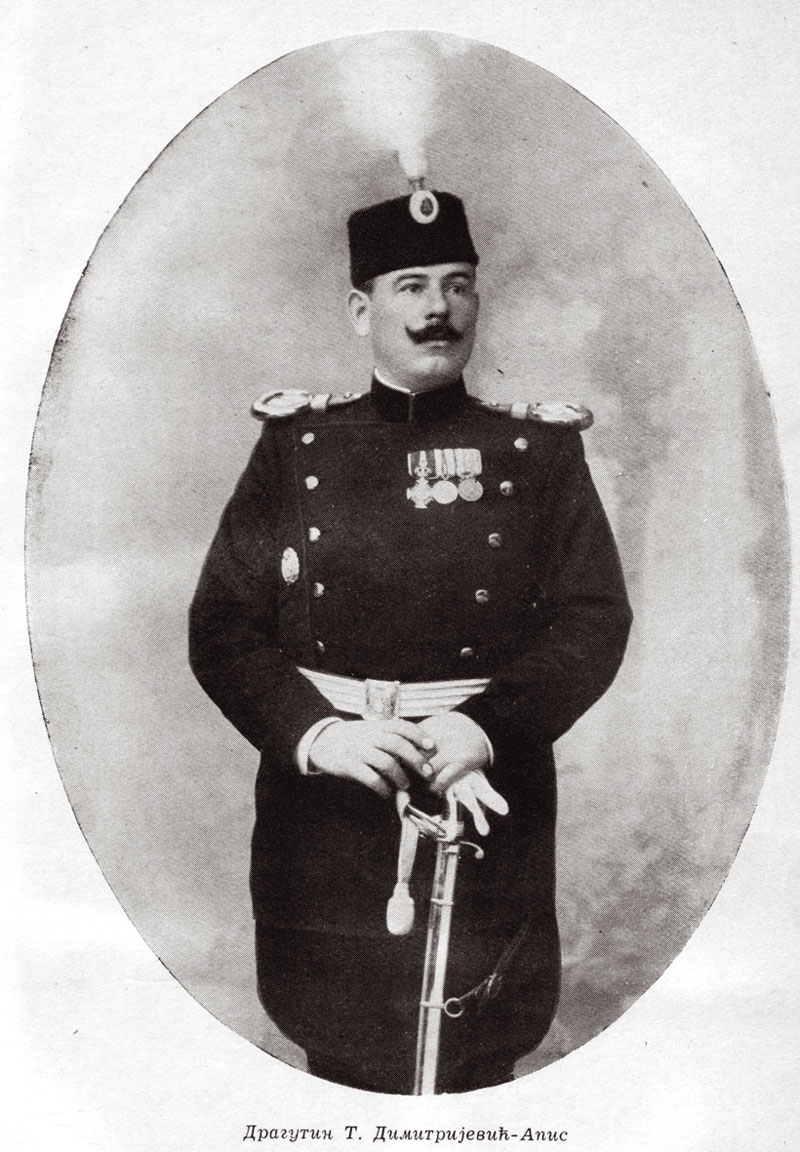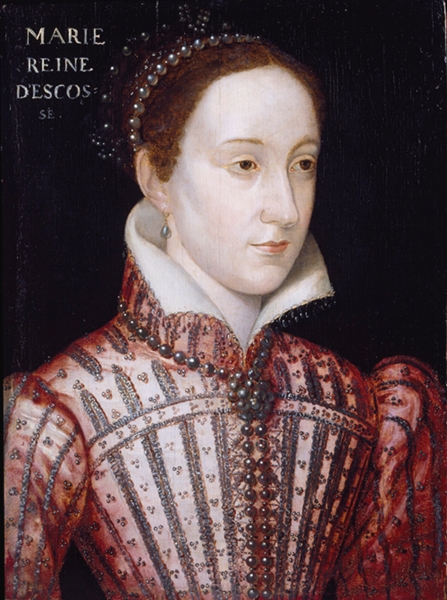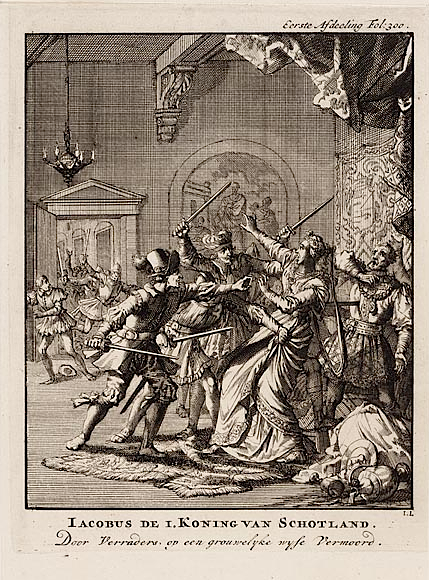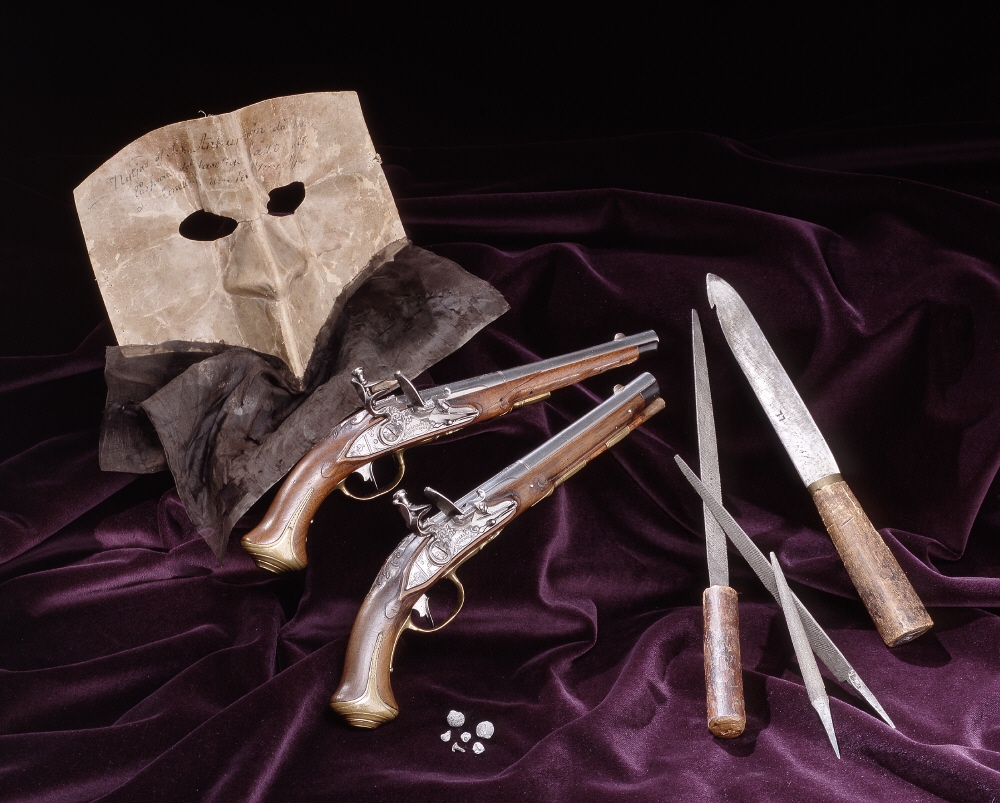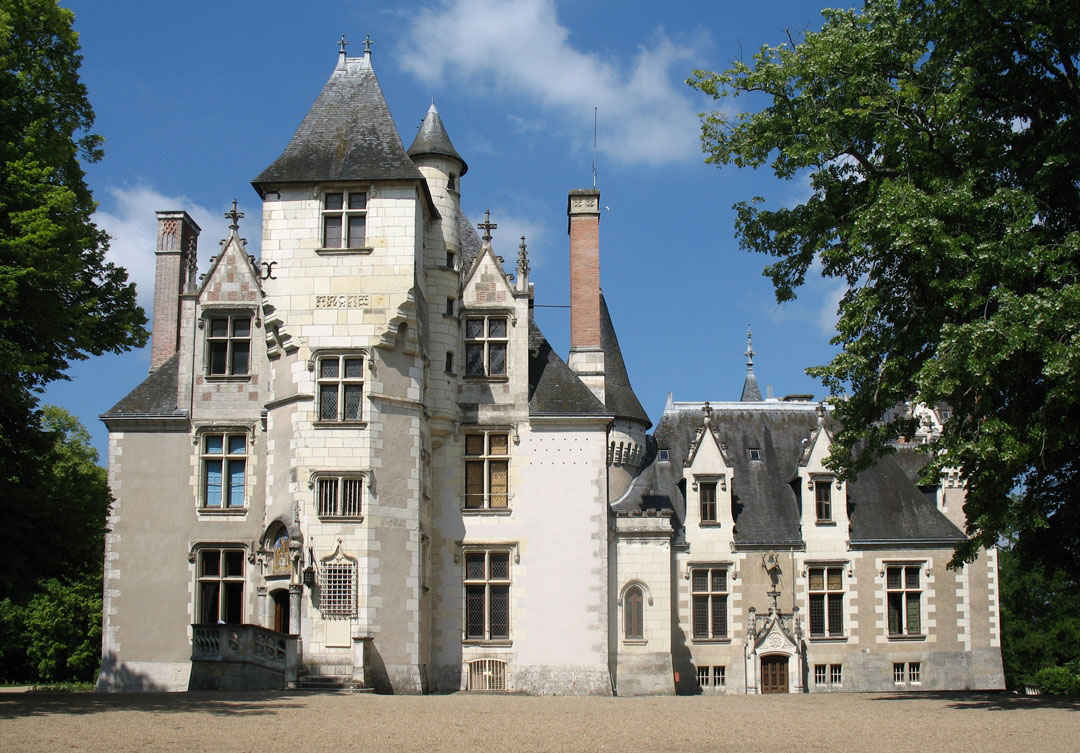by Susan Flantzer © Unofficial Royalty 2020
On October 9, 1934, 45-year-old Alexander I, King of Yugoslavia was assassinated in Marseilles, France, by Bulgarian assassin Vlado Chernozemski during a state visit to France.
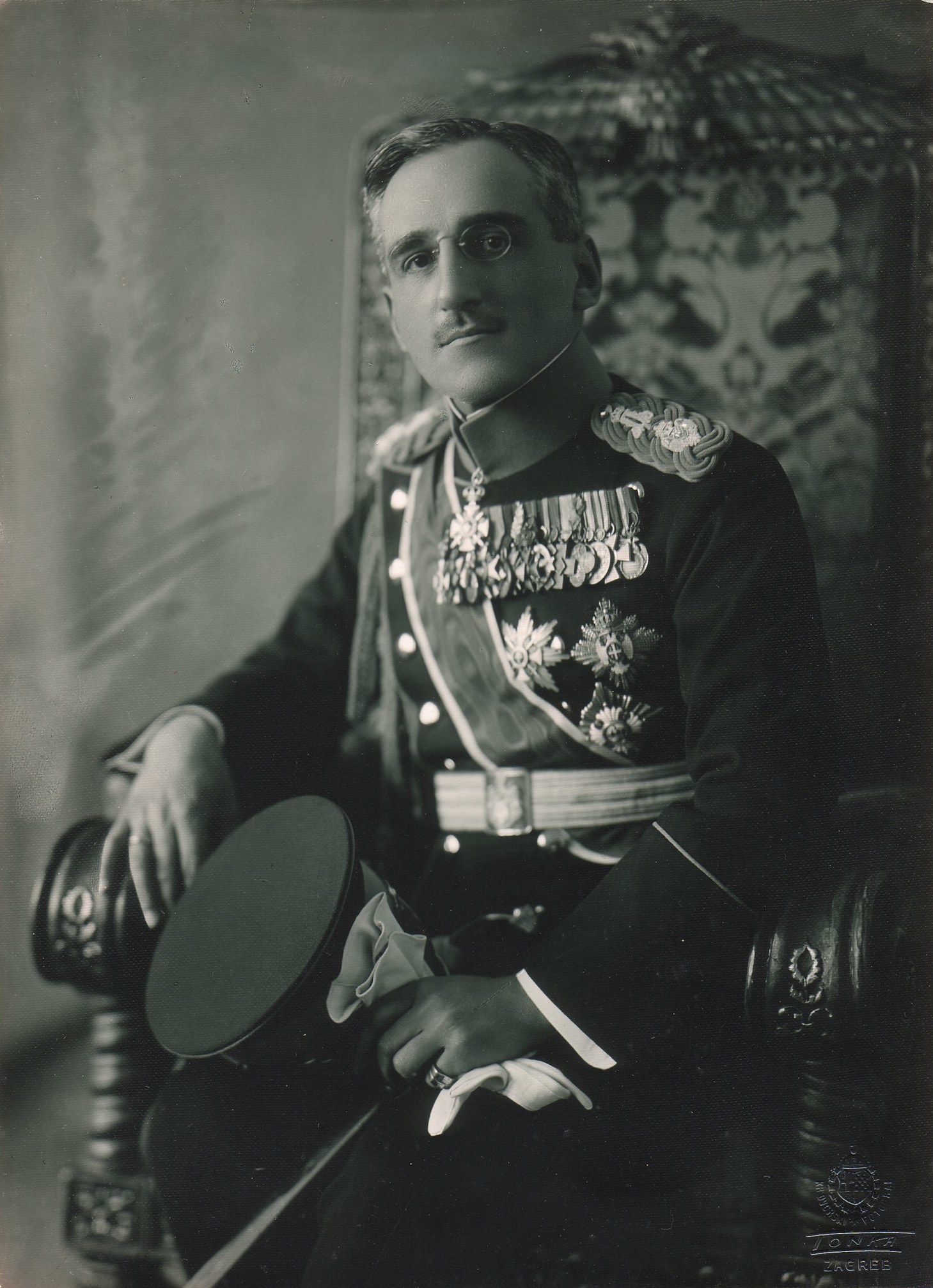
Credit – Wikipedia
Alexander I, King of Yugoslavia
The fourth of the five children of the future King Peter I of Serbia and Princess Zorka of Montenegro, King Alexander I of Yugoslavia was born on December 1, 1888, in Cetinje, Montenegro. Alexander’s elder brother Crown Prince George had anger issues. In 1909, Crown Prince George killed his valet by kicking him to death. Despite a cover-up, the truth came out and George had to renounce his succession rights and Alexander became Crown Prince of Serbia. In 1914, Alexander became Regent when his father turned over his royal prerogatives.
The Kingdom of Serbia went through some name changes in the early 20th century. After the First and Second Balkan Wars (1912-1913), Serbia annexed Sandžak-Raška, Kosovo Vilayet, and Vardar Macedonia. In November 1918, at the end of World War I, Serbia united with Vojvodina and the Kingdom of Montenegro. The next month, Serbia merged with the newly created State of Slovenes, Croats, and Serbs to form the Kingdom of the Serbs, Croats, and Slovenes, which became known as the Kingdom of Yugoslavia in 1929.
Alexander’s father died on August 16, 1921, and succeeded as King Alexander I of the Serbs, Croats, and Slovenes. The following year, on June 8, 1922, he married Princess Maria of Romania, the daughter of King Ferdinand of Romania and Princess Marie of Edinburgh, a granddaughter of Queen Victoria. The couple had three sons including Alexander’s successor King Peter II of Yugoslavia.
- For more information, see Unofficial Royalty: Alexander I, King of Yugoslavia
What caused the assassination of Alexander I, King of Yugoslavia?
After the Croatian People’s Peasant Party leader and opposition leader Stjepan Radić was shot dead by Montenegrin Serb nationalist Member of Parliament Puniša Račić in the Serbian Parliament in Belgrade in 1928, the opposition Croatian Members of Parliament refused to continue to attend parliamentary sessions and questioned the continued existence of the current state system. Because of this, King Alexander carried out a coup d’état on January 6, 1929. He suspended the constitution of 1921, dissolved the parliament, and proclaimed a royal dictatorship.
Alexander renamed the nation from the Kingdom of the Serbs, Croats, and Slovenes to the Kingdom of Yugoslavia. Yugoslavia came from the Slavic words “jug” (south) and “slaveni” (Slavs). The use of the national designations Serbs, Croats, and Slovenes for political purposes was banned. All citizens were ordered to consider themselves only as “Yugoslavs”. This move alienated the non-Serbs from the idea of unity. When it became clear that Alexander wanted to maintain a central state order and rule predominantly with the help of army officers of Serbian descent, he was met with growing opposition, especially from Croats.
Ante Pavelić, previously chairman of an ultra-nationalist Croatian political party, founded the Ustaša Croatian Revolutionary Movement and called for violent overthrow in Yugoslavia. To overthrow the current regime in Yugoslavia, the Ustaša movement in collaboration with the Internal Macedonian Revolutionary Organization, and probably with the support of the Italian foreign intelligence service, planned the assassination of King Alexander I of Yugoslavia.
The Assassination

Two of the conspirators Vlado Chernozemski (in the middle), and Zvonimir Pospišil (on the right) at a training camp; Credit – Wikipedia
The assassin, 36-year-old Vlado Chernozemski, a Bulgarian of Macedonian descent, was a member of the Bulgarian nationalist Internal Macedonian Revolutionary Organization and had carried out previous assassinations. Chernozemski became the instructor of three members of the Ustasha movement who were planning to assassinate King Alexander: Mijo Kralj, Zvonimir Pospišil, and Milan Rajic. The four men arrived in Paris, France on September 29, 1934, and on October 6, 1934, they split into two groups. Chernozemski and Kralj went to Marseille, France where King Alexander was expected to arrive on October 9 while Pospišil and Rajic went to Versailles where a second attack was planned in case the first attack failed. Ultimately, Chernozemski decided to carry out the assassination after concluding that the other members of the group were unprepared psychologically.
In the pre-World War II era, French Foreign Minister Louis Barthou was attempting to build alliances. King Alexander was making a state visit to France to sign a Franco-Yugoslav agreement. Barthou met King Alexander when he arrived in Marseilles, France on the Royal Yugoslav Navy destroyer Dubrovnik. The pair slowly traveled in a motorcade through the streets of Marseilles, lined with people eager to see the king. Chernozemski emerged from the crowd and jumped onto the running board of Alexander and Barthou’s car. He was carrying a bouquet of flowers, in which his pistol was concealed, and shouted “Vive le roi!” (“Long live the king!”) Chernozemski shot Alexander, hitting him once in the abdomen and once in the heart, killing the king within minutes.
The chauffeur, who had tried to push Chernozemski off the car, and French Foreign Minister Louis Barthou were also shot. The chauffeur was killed instantly and because he had his foot on the brake, the car had stopped and there were photographs and even a film of the assassination. A bullet hit Barthou in the arm, severing an artery. He died of excessive blood loss less than an hour later. A ballistic report on the bullets was made in 1935 but the results were not made available to the public until 1974. The report revealed that Barthou had been hit by a bullet from a revolver carried by French police. Therefore, he was killed during the police response rather than by the assassin.
One of the most notable newsreel films in existence is the film showing the assassination of King Alexander. While the exact moment of shooting was not captured on film, the events leading to the assassination and the immediate aftermath were captured.
What happened to the conspirators?

French Colonel Piole slashes assassin Vlado Chernozemski with his saber; Credit – Wikipedia
Vlado Chernozemski tried to flee the scene of the assassination but he was slashed by an army officer’s saber (see above photo). He was then non-fatally shot by a police officer and was allowed to be severely beaten by the angry crowd while the police watched. In critical condition, Chernozemski was brought to a police station and interrogated but his condition did not permit him to respond to questions and he died later that evening. The French police were unable to identify him but they made note of his tattoo, a skull with crossbones, and a sign reading “V.M.R.O.” A Yugoslav journalist identified the tattoo as the symbol and the initials of the Internal Macedonian Revolutionary Organization. Chernozemski was buried in a Marseilles cemetery in an unmarked grave with only two detectives and the gravediggers present.
On October 10, 1934, French police arrested Zvonimir Pospišil and Milan Raijc. Five days later, Mijo Kralj was arrested and he admitted everything. Chernozemski’s body was exhumed and his fingerprints were sent to Sofia, Bulgaria and Belgrade, Serbia. Bulgarian police announced on October 17, 1934, that the assassin was Vlado Chernozemski. The other conspirators, Mijo Kralj, Zvonimir Pospišil, and Milan Rajic, were tried and sentenced to life in prison. In 1940, after the Fall of France to Germany during World War II, all three conspirators were released from prison by the Nazis.
King Alexander’s Funeral
Embed from Getty Images
The royal family of Yugoslavia attending the funeral of King Alexander- from left to right: The king’s son 11-year-old King Peter II of Yugoslavia; the king’s veiled wife Queen Maria of Yugoslavia (born a Romanian princess); Princess Olga, also veiled (born a Greek princess) and her husband, Prince Paul of Yugoslavia, the king’s first cousin; behind them: King Carol II of Romania in the peaked cap, brother of Queen Marie; and behind him Prince Nicholas of Greece, Prince George, Duke of Kent, and Prince Kirill of Bulgaria (Note: the caption on photo on Getty Images incorrectly identifies the people)
The day after his death, King Alexander I’s body was transported back to Yugoslavia by the ship that had brought him to France, the Royal Yugoslav Navy destroyer Dubrovnik escorted by French, Italian, and British ships.
On October 18, 1934, 500,000 people lined the streets of Belgrade to see the funeral procession of King Alexander. The funeral was attended by royalty and leading statesmen from Europe. Alexander was buried next to his mother in the royal crypt at St. George’s Church, also known as Oplenac, in Topola, Yugoslavia, now in Serbia.
Alexander was succeeded by his 11-year-old son who ascended the throne as King Peter II of Yugoslavia. Because of his age, a Regency Council was established, led by his father’s first cousin Prince Paul of Yugoslavia. In November 1945, the Yugoslav monarchy was formally abolished and King Peter II was deposed but he never abdicated.
This article is the intellectual property of Unofficial Royalty and is NOT TO BE COPIED, EDITED, OR POSTED IN ANY FORM ON ANOTHER WEBSITE under any circumstances. It is permissible to use a link that directs to Unofficial Royalty.
Works Cited
- En.wikipedia.org. (2019). Alexander I of Yugoslavia. [online] Available at: https://en.wikipedia.org/wiki/Alexander_I_of_Yugoslavia [Accessed 30 Nov. 2019].
- En.wikipedia.org. (2019). Vlado Chernozemski. [online] Available at: https://en.wikipedia.org/wiki/Vlado_Chernozemski [Accessed 30 Nov. 2019].
- Mehl, Scott. (2016). King Alexander I of Yugoslavia. [online] Unofficial Royalty. Available at: https://www.unofficialroyalty.com/king-alexander-i-of-yugoslavia/ [Accessed 30 Nov. 2019].
- Sr.wikipedia.org. (2019). Александар I Карађорђевић. [online] Available at: https://sr.wikipedia.org/wiki/%D0%90%D0%BB%D0%B5%D0%BA%D1%81%D0%B0%D0%BD%D0%B4%D0%B0%D1%80_I_%D0%9A%D0%B0%D1%80%D0%B0%D1%92%D0%BE%D1%80%D1%92%D0%B5%D0%B2%D0%B8%D1%9B [Accessed 30 Nov. 2019]. (Alexander I Karadjordjevic from Serbian Wikipedia)
- Sr.wikipedia.org. (2019). Марсељски атентат. [online] Available at: https://sr.wikipedia.org/wiki/%D0%9C%D0%B0%D1%80%D1%81%D0%B5%D1%99%D1%81%D0%BA%D0%B8_%D0%B0%D1%82%D0%B5%D0%BD%D1%82%D0%B0%D1%82 [Accessed 30 Nov. 2019]. (Assassination of Alexander I from Serbian Wikipedia)




